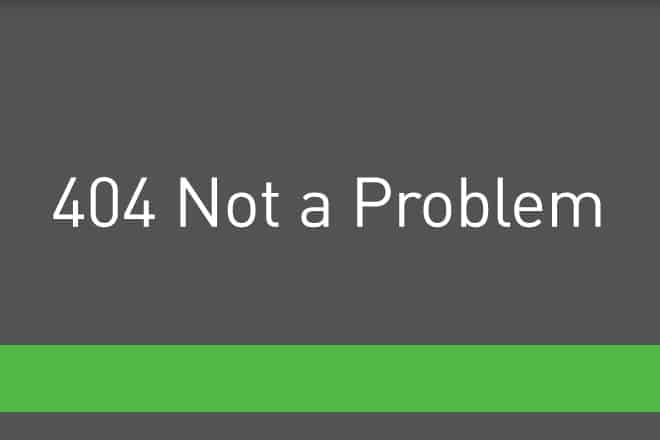404 Not a Problem

Everyone knows that content is what drives the web, but even the very best content is not effective if it is not seen. In the early years of the World Wide Web, delivery was easy—simple HTML sites were the standard. Today, however, websites are more complex, which can make troubleshooting difficult.
Rather than go into detail about how to work with all of the complexities, I’m going to focus on one useful skill: troubleshooting your website when it experiences server error codes. All of us have seen the dreaded 404 Not Found error code, but do you know what it means and how to troubleshoot it?
According to section 10 of RFC 2616, 404 Not Found occurs when “the server has not found anything matching the Request- URI.” This basically means that the file or folder that was requested does not have a match on the server. Troubleshooting this error is simple:
- Check the file system to see if the resource exists.
- Double-check the spelling of the name, and depending on what platform you are on, check the case of the letters.
- If you are sure the resource exists (and spelling and case are correct), double-check the server path. Some servers use relative paths, and some do not. If in doubt, use the hard path to the resource.
- If the problem persists, check for redirections, particularly within meta tags, .htaccess and JavaScript.
- If you are still having difficulty resolving the issue, contact your administrator. If you are the administrator, check permissions and possibly mime-type.
These steps will resolve almost every 404 error. In addition to 404, there are a myriad of other codes. Check out http://www.w3.org/ for the complete list.
“10 Status Code Definitions.” W3C. 2003. 5 Nov. 2009 <http://www.w3.org/
Protocols/rfc2616/rfc2616-sec10.html>